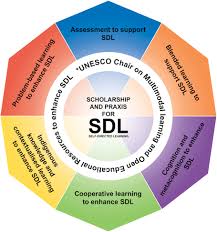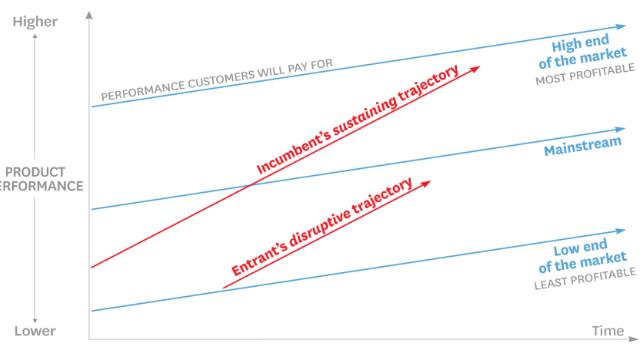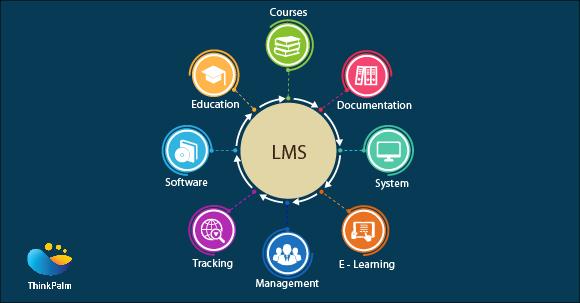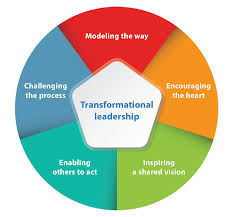Disruptive Innovation Assignment Examining Perspectives Of Essendon Food Solutions
Question
Task:
You are required to review an organisation case study including information about the
organisation’s internal structure, market research techniques, and R&D methodology. You
are also required to analyse strategic leadership related aspects while identifying leadership
challenges and opportunities.
The case study will also include information regarding relevant regulation and economic
conditions affecting the organisation. The case study will be shared in week 09.
The content for this assignment will mainly come from workshop 10, 11 & 12.
Assessment Description
Disruptive Innovation capabilities:
You must record a Disruptive Innovation Video Presentation reflecting on the organisation’s
capacity to innovate from the following perspectives:
A. Internal perspective
Prepare an analysis of the key internal structures impacting the organisation’s
innovative capacity and offer recommendations.
B. External perspective
Prepare an analysis of the key external factors impacting the organisation’s innovative
capacity and offer recommendations.
C. Marketing perspective
Prepare an analysis of the key marketing and customer related factors impacting the
organisation’s innovative capacity and offer recommendations.
D. Technology perspective
Page 2 Kaplan Business School Assessment Outline
Prepare an analysis of the organisation’s innovative processes and whether they
enhance the organisation’s innovative capacity and offer recommendations.
Strategic Leadership
The video recording should involve an analysis of leaders within the organization based on
strategic leadership related criteria discussed in workshop 12.
Answer
Introduction
Disruptive technology examined in this disruptive innovation assignment can be defined as a technology that helps to displace or shake up any industry with the help of a groundbreaking product that can lead to establishing a completely new industry. The present study has been based on a case study of an organization named as Essendon Food Solutions, which is a multinational food-ingredient company. The study is going to be on several perspectives of the company and recommendations have been provided in the context of improving the impact of disruptive technology.
Internal perspective
EFS have employees nearly 800 people and generate revenue of 1.6 Billion Dollars. The company has been categorised based on two subsidiaries that are Enzymetech and Essendon Emulsifiers. The subsidiaries has provided with two GMs who are responsible for reporting to the CEO and Board of Directors of the company. Again, GM and other service executives have developed the structure of the company in top to bottom where the decision like project appraisal and sections are performed. This workforce of the management team is 53 that help to understand the employees are experienced and most of them have a degree in Microbiology. The R&D and the senior executives along with their knowledge and experience has been focused on innovating the products be keeping the balance between the book smart and street smart. The R&D has been appointed to meet the customer’s demands that they can determine the need of the market and innovative products as per their requirements. The training and development of employees needs it based on the Self Directing Learning. This can be recommended as the most successful approach that can help in supporting and encouraging the employees towards higher level of performance (Karimi and Walter, 2015). Integration of disruptive technology innovation may require SDL as it can help the workforce to realize the benefits of technology.

Figure 1: Self Development Learning
(Source: Gans, 2016)
B. External perspective
EFS have been providing their dividends to their shareholders since the last twenty years. The emphasis has always been on the sharing the dividend in a proper manner even in their low profit years. The CFO of the company has been trying to develop a proper relation with the shareholder and certain dividends have been given to high potential and long-term project of R&D. This has helped the company to be focusing their financial investment on the R&D for innovation their products and services. The proper disruptive innovation can help the concerned organization to gain a competitive advantage over the other companies. The strategy to expand the business with the help of disruptive technology can be based on developing joint venture with other similar companies that have the same vision as like that of the EFS, which can help in developing a market in the other region to enhance the profitability of the organization (Teece et al., 2016).
C. Marketing perspective
The marketing perspective of the concerned company has been involving the concept of scientist first and then including the sales. The human resource department has developed their hiring strategy based on their requirement that prefers the candidates with Microbiology. Export market has been done well with positive reviews. The distribution is also proper in Asian market, which demands that the company needs to be innovative in order to make the products favourable for the markets like China, Indonesia, Vietnam, and Singapore. Various joint ventures have been established to target Asia Emulsifier market. The Essendon has also has a considerable market in several Asian countries. In order to improve the disruptive innovation in the new market it is vital to create a market where no one is existent. The strategy explored in this disruptive innovation assignment needs to be developed in such a manner that the turning the non-customers in to consumers. The disruption innovation model can help the concerned organization to introduce a higher quality of products and satisfy the higher end of the market (Ghezzi et al., 2015). This can help in leaving the entrance and finding footholds in the less profitable segments by improving the offering and moving towards in the market.

Figure 2: Disruptive Innovation Model
(Source: Williamson, 2016)
D. Technology perspective
EFS have their main emphasis on improving the research and development for which the workforce is mainly consists of experienced and senior employees. The company has been developing various Enzyme applications in the sector of fooding industry. The technology has been used in order to improve the products in rapid and cheap manner. In order to integrate the disruptive technology in the concerned organisation it can be recommended that learning management system can be an approach that can be emphasized. LMS can be based on e-learning and web based technological aspects that can be used by the management of the concerned company for proper planning, distribution, training and development for a particular process of learning (Schoemaker et al., 2018).

Figure 3: Learning Management System
(Source: Marx and Hsu, 2015)
Strategic Leadership
The leadership of the company discussed in this disruptive innovation assignment has been centred on the senior executives and general managers. The decisions taken towards the management mostly performs the welfare of the employees. The organization has been focusing on R&D and expanding the market on global level and emphasis has been on the Asian market. It can be recommended that Transformational leadership is the most effective style for EFS. This style of leadership can help to nurture the culture that can be used to embrace and engage with the innovation by removing any sort of ambiguity that can help to accompany the changes and lead the organization to innovate, ultimately (Christensen et al., 2016).

Figure 4: Transformational Leadership
(Source: King and Baatartogtokh, 2015)
Conclusion
After analysing the content above in this disruptive innovation assignment, it can be said that, the most effective measure to sustain in the market and gain competitive advantage over the other companies is to create a new industry that has not been explored by any other company. Disruptive technology can help the organisation in this context but it is necessary to consider various perspectives that can influence the integration of such technologies in the organization. The study summarizes the perspective that can be considered for the disruptive technology and recommendation that can be made for each perspective for improvement.
References
Christensen, C.M., McDonald, R., Altman, E.J. and Palmer, J., 2016. Disruptive innovation: Intellectual history and future paths (pp. 1-52). Cambridge, MA: Harvard Business School.
Gans, J.S., 2016. Keep calm and manage disruption. MIT Sloan Management Review, 57(3), p.83.
Ghezzi, A., Cortimiglia, M.N. and Frank, A.G., 2015. Strategy and business model design in dynamic telecommunications industries: A study on Italian mobile network operators. Technological Forecasting and Social Change, 90, pp.346-354.
Karimi, J. and Walter, Z., 2015. The role of dynamic capabilities in responding to digital disruption: A factor-based study of the newspaper industry. Journal of Management Information Systems, 32(1), pp.39-81.
King, A.A. and Baatartogtokh, B., 2015. Disruptive innovation assignment How useful is the theory of disruptive innovation?. MIT Sloan Management Review, 57(1), p.77.
Marx, M. and Hsu, D.H., 2015. Strategic switchbacks: Dynamic commercialization strategies for technology entrepreneurs. Research Policy, 44(10), pp.1815-1826.
Schoemaker, P.J., Heaton, S. and Teece, D., 2018. Innovation, dynamic capabilities, and leadership. California Management Review, 61(1), pp.15-42.
Teece, D., Peteraf, M. and Leih, S., 2016. Dynamic capabilities and organizational agility: Risk, uncertainty, and strategy in the innovation economy. California Management Review, 58(4), pp.13-35.
Williamson, P.J., 2016. Building and leveraging dynamic capabilities: Insights from accelerated innovation in China. Global Strategy Journal, 6(3), pp.197-210.












